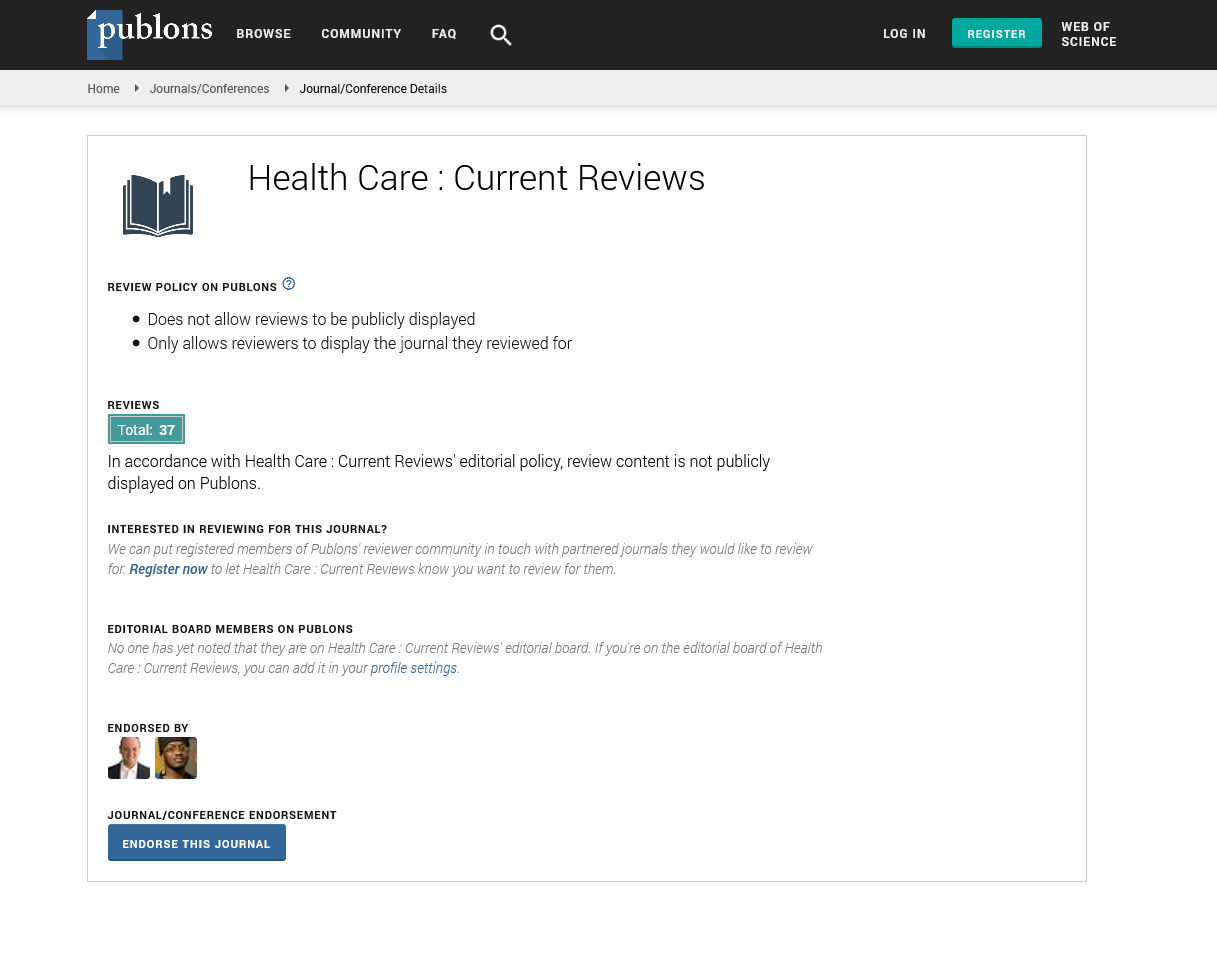PMC/PubMed Indexed Articles
Indexed In
- Open J Gate
- Academic Keys
- RefSeek
- Hamdard University
- EBSCO A-Z
- Publons
- Geneva Foundation for Medical Education and Research
- Google Scholar
Useful Links
Share This Page
Journal Flyer

Open Access Journals
- Agri and Aquaculture
- Biochemistry
- Bioinformatics & Systems Biology
- Business & Management
- Chemistry
- Clinical Sciences
- Engineering
- Food & Nutrition
- General Science
- Genetics & Molecular Biology
- Immunology & Microbiology
- Medical Sciences
- Neuroscience & Psychology
- Nursing & Health Care
- Pharmaceutical Sciences
A clinical trial on optimization of the heparin utilization in coronary angiography
4th Global Summit on Healthcare
November 09-10, 2015 Dubai, UAE
Hanaa Alghonimy
Ain Shams University, Egypt
Posters-Accepted Abstracts: Health Care: Current Reviews
Abstract:
Introduction: Un-fractionated heparin (UFH) has been conventionally used during coronary angiography (CAG). However, no data is available for the dosage required. Vascular complications are still frequent in special group of patients. Objective: The objective of this study was to determine the incidence of bleeding, vascular and ischemic complications using three different heparin regimens after successful coronary angiography. Patients & Methods: This study enrolled 105 patients divided into three groups: Group 1: (n=35 patients) receiving a dose of 5000 IU (systemic heparinization), Group 2: (n=35 patients) receiving a dose of 5000 IU of heparin on the flush saline and Group 3: (n=35 patients) control group will receive flush saline i.e. normal saline flush. All patients included in the study will be subjected to full history taking, complete general and local examination of the heart and blood vessels, 12 leads resting ECG, routine laboratory investigations including fasting blood sugar, liver and kidney function tests, complete blood picture, lipid profile and coagulation profile. Descriptive statistics was done including mean, standard deviation and percentage. Comparison between groups was done using one way analysis of variance and comparison between the parametric variables was done using chi-square test. Results: Results of the current study showed that there was no significant difference between the three groups regarding the number of diseased vessels or the incidence of slow coronary flow or incidence of normal coronary arteries (P>0.05). The clotting time and PTT were not significantly different in the three groups before coronary angiography (P>0.05). After coronary angiography, clotting time and PTT were significantly higher among group I and II than that of group III (P<0.05). Comparison between before and after coronary angiography in group I and II, the results showed that the clotting time and PTT increased significantly after the procedure (P<0.05) while, in group III there were no significant difference between before and after the procedure (P>0.05). The sheath removal duration was significantly higher among group I and group II than that of group III (P<0.05). There were no major complications recorded in any of the patients in the three groups. Conclusion: Routine elective coronary angiography may be performed without the use of UFH was found to be safe however further detail study is recommended.
Biography :
Email: hana102moh@hotmail.com

